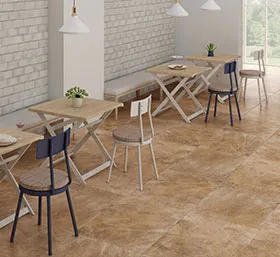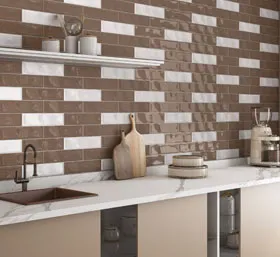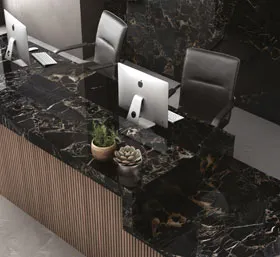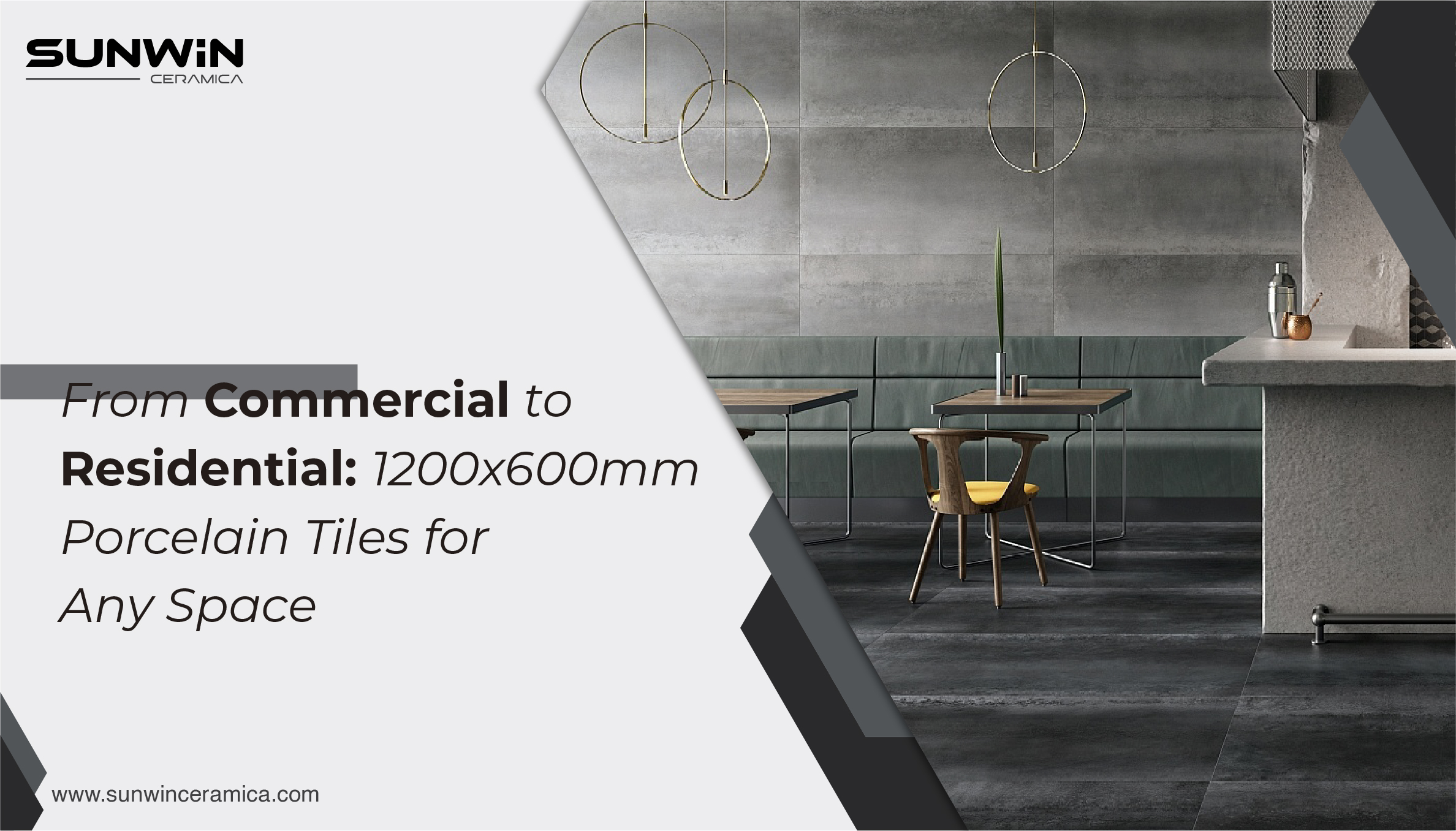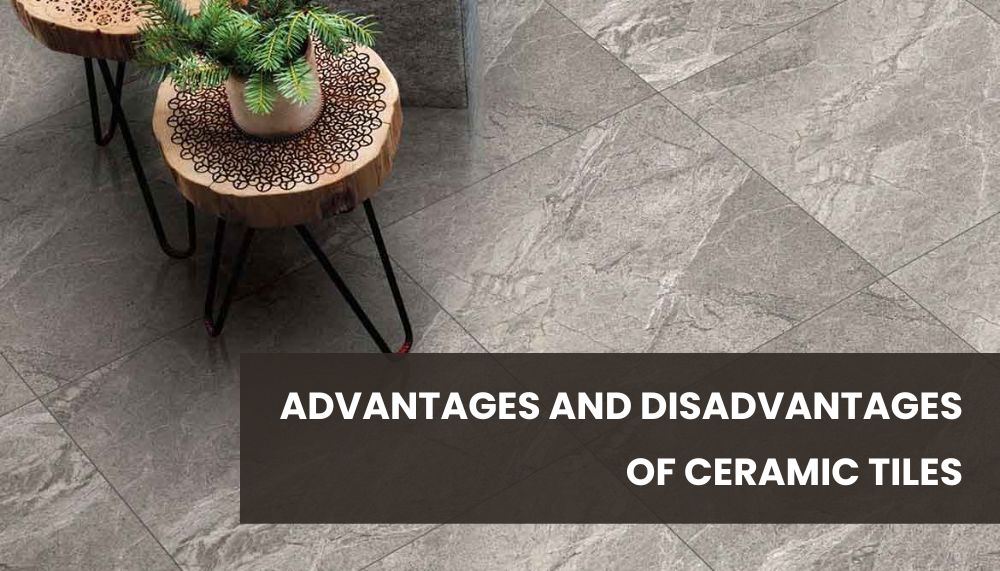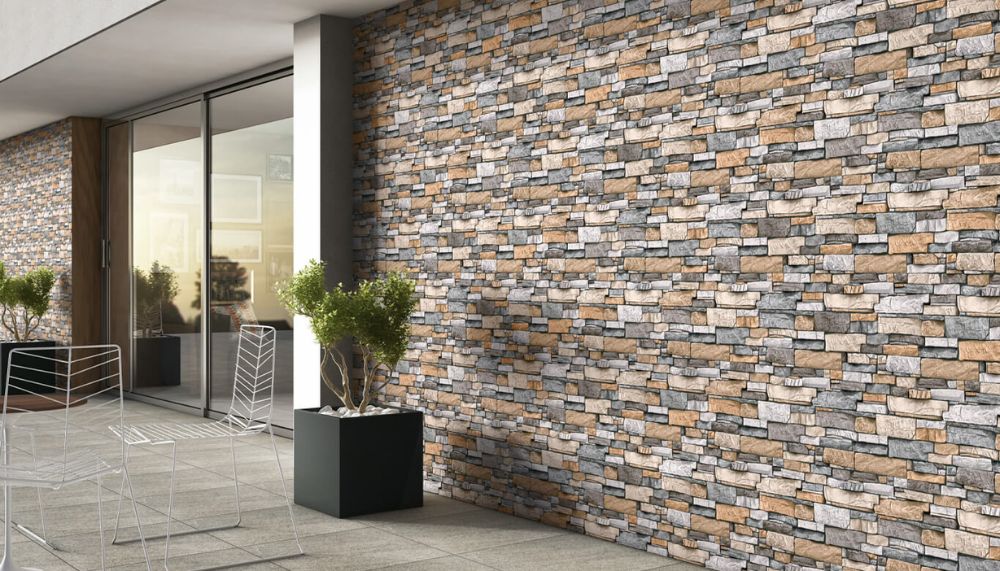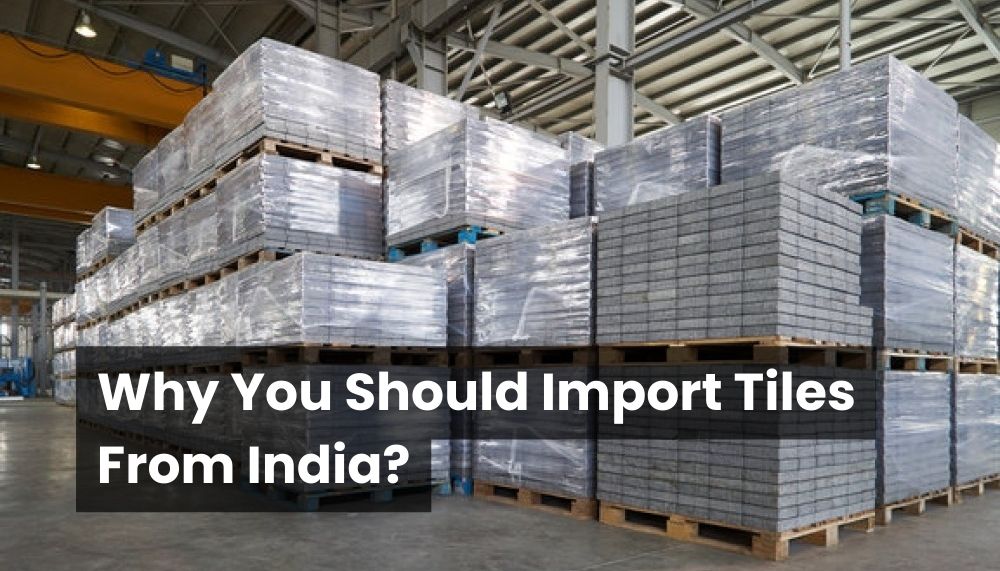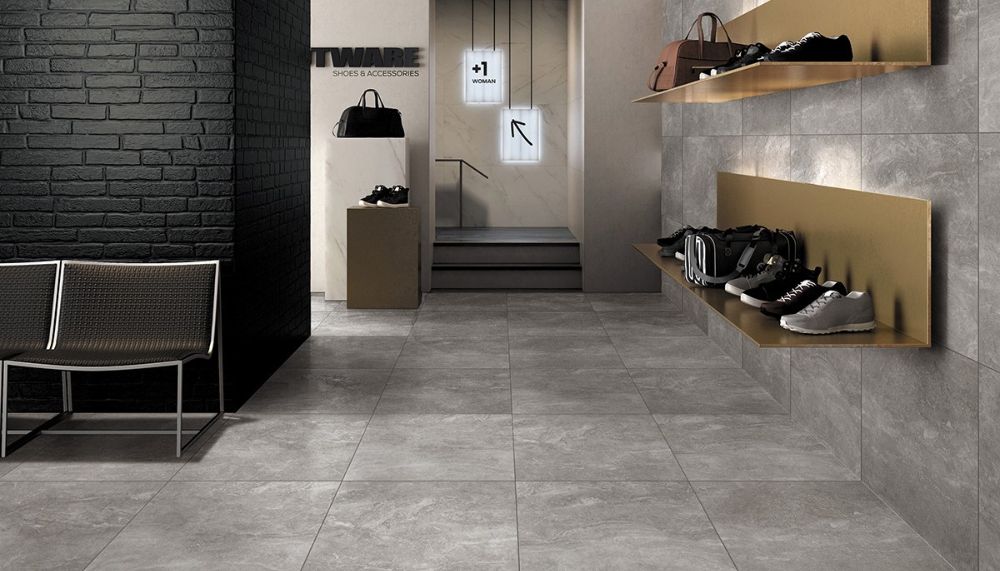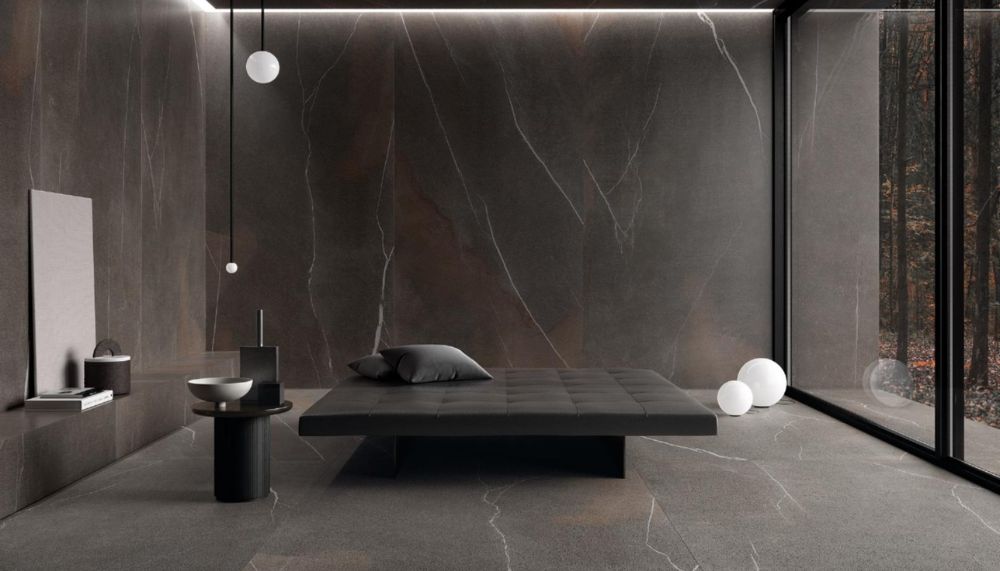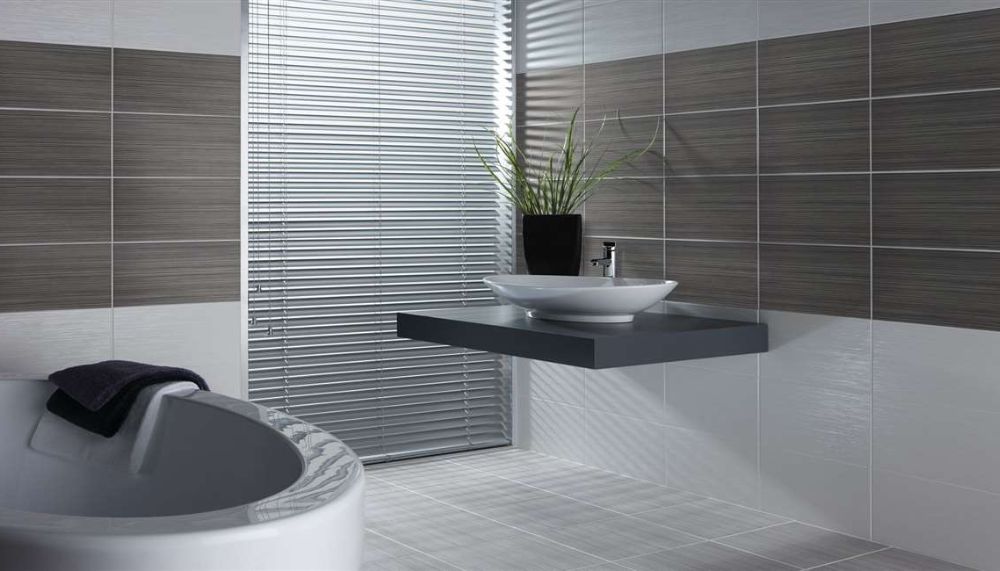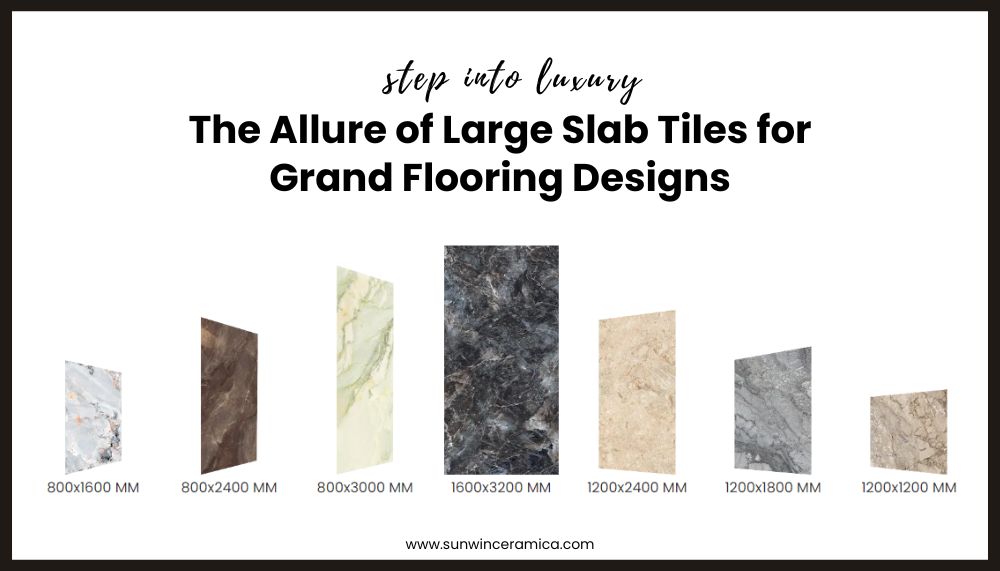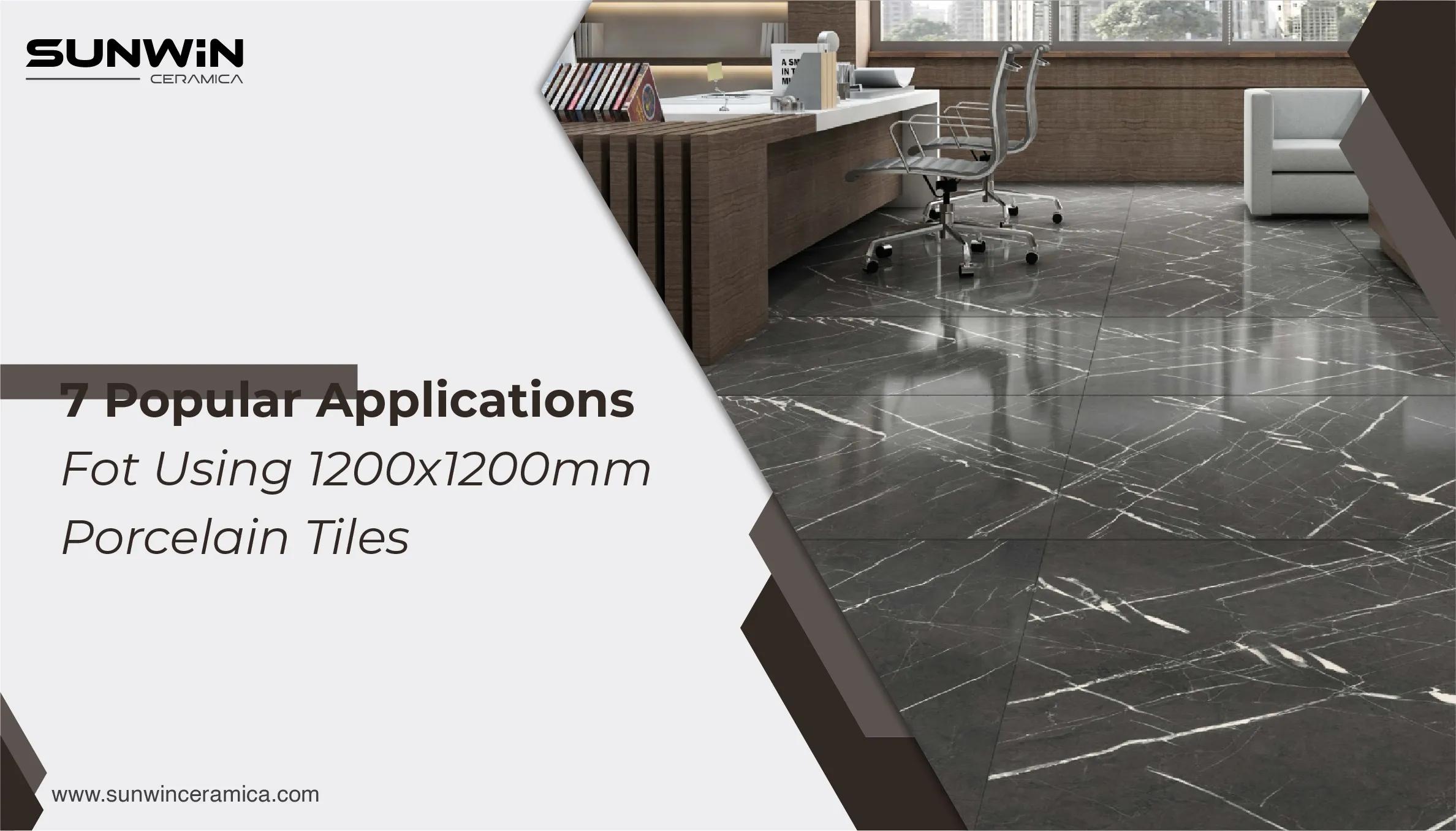
When it comes to choosing the perfect sink for your kitchen, there are numerous options available on the market. The significance of the kitchen sink often goes unnoticed, yet it's a vital component. Material choice is paramount as it directly impacts both function and appearance.
Ceramic and stainless steel are the top picks for many people. Ceramic sinks have become the go-to option with their classic charm and durability. While other options may falter, stainless steel sinks consistently deliver a timeless look and unparalleled toughness.
Let’s examine the pros and cons of both materials, covering areas like lifespan, appearance, pricing, maintenance simplicity, and environmental impact. With an understanding of these variations, homeowners and designers can create choices that suit their preferences and the kitchen's overall style. So, let's begin.
Ceramic Sinks
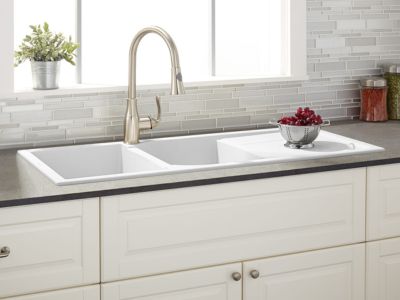
Ceramic sinks are getting more popular in modern times. Reason? Great technical characteristics and appearance. Today, you can find different ceramic sinks varieties (color and style) in the market. They are made from kiln-fired clay, porcelain, and other ceramics. They are non-porous, and this makes them stain resistant. Further, the best part about them is easy maintenance.
The Benefits of Ceramic Sinks:
1. The biggest advantage of ceramic sinks is that they are environmentally friendly. They do not chemically react to food or detergent and are resistant to temperature change.
2. They do not have any odor.
3. They are very durable. They do not chip, rust, or scratch.
4. The non-porous material keeps them safe from mold and other bacteria.
5. They are reasonably priced than other materials and available in various colors, sizes, forms, and designs.
The Drawbacks of Ceramic Sinks:
1. They are quite heavy. Hence, they need proper countertop support.
2. Though durable, they may crack when they have a heavy impact.
Stainless Steel Sinks
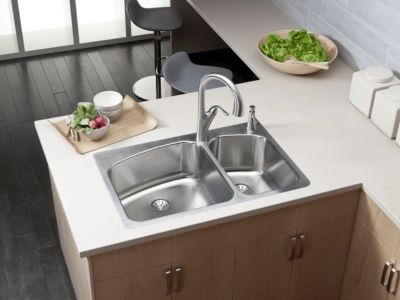
Stainless steel kitchen sinks have been around for decades. The best things about them are that they are durable, affordable, and easy to clean. They are mainly made from steel chromium and nickel, making them sleek. Various thicknesses and finishes enable it to adapt to diverse kitchen styles. Hence, it offers multiple visual appeal options.
The Benefits of Stainless-steel Sinks:
1. They are available in various designs, so they complement almost any interior.
2. They are highly durable. They can resist heat, dust, and rust.
3. They are easy to maintain. Mild detergent cleaning is enough to keep them shiny.
4. They are made up of easily available materials. Hence, they align with environmental principles.
5. These kitchen sinks are available for all budgets.
The Drawbacks of Stainless Steel Sinks:
1. The slightly thin stainless steel kitchen sinks are prone to scratches.
2. Hard water can leave spots on these sinks.
3. They are mainly made of steel. So, it can be quite noisy when water hits the sink's base.
Ceramic vs. Stainless Steel Sink for Kitchen: Which is Better?
Both options have unique advantages, so it all comes down to personal taste and practicality when selecting a sink. With a sleek, mirror-like sheen, ceramic sinks epitomize classic style. Colors and stain resistance define them, as they come in many shades. Small hits to these products and their weight might make them break.
Stainless steel sinks exude a chic, contemporary aesthetic. They offer superior durability. They can withstand heat and stains while remaining economical, possibly with scratches and additional noise.
For you to make the right choice, we have added a comparison table of the features of both kitchen sinks. Hope this will help you.
| Feature | Ceramic Sinks | Stainless Steel Sinks |
| Durability | Very durable | Highly Durable |
| Easy to clean | Yes (very) | Yes |
| Resistant to stains | Yes | Yes |
| Resistant to chipping | Yes | No |
| Weight | Heavy | Lighter than ceramic |
| Installation Difficulty | More Difficult | Easier to install |
| Price | More expensive | Less expensive |
| Variety | Yes | Yes |
If classic style and timeless appeal are what you seek, a ceramic sink may be your best choice. For a modern look, feel, flexibility, and affordability, stainless steel is a wise selection. Carefully assessing the advantages and disadvantages, find a sink that complements your kitchen's aesthetic and practicality. Now, let's take a closer look at this detailed comparison.
Durability and Longevity
The lifespan and resilience of a kitchen sink should be a top priority when choosing. Between ceramic and stainless steel, you usually make a selection.
Known for their resistance to stains and polished appearance, ceramic sinks are not immune to damage. Dents are rare with stainless steel sinks, yet water spots may persist. If struck forcefully, ceramic is more likely to shatter, whereas stainless steel is typically tougher. Heat tolerance is a shared trait, yet stainless steel may exhibit a color change at high temperatures.
Taking proper care of ceramic and stainless steel helps extend their lifespan. Gentle care necessitates specific products and materials for both ceramics and stainless steel. Durability and maintenance ease are the factors that ultimately decide the choice.
Aesthetic Appeal
The kitchen's visual appeal is greatly affected by the sink's style, with ceramic and stainless steel offering diverse looks.
Ceramic kitchen sinks boast a timeless, polished appearance that harmoniously complements traditional and country-style interiors. However, stainless steel sinks stand out for their contemporary appearance. They blend effortlessly with modern or industrial design and add flair to any space. These materials can be molded into different shapes and sizes, fitting multiple kitchen design preferences.
Going beyond mere appearance, the decision between ceramic and stainless steel requires a deeper evaluation. The design of the sink is highly influenced by personal preferences, reflecting individual tastes and lifestyles.
Maintenance and Cleaning
A clean and well-maintained kitchen sink requires regular maintenance and cleaning. Both sink types have varying care requirements. Ceramic sinks' surfaces are renowned for their non-porous nature and smoothness, requiring minimal cleaning with gentle products. This helps maintain their lustrous appearance. Using specially formulated cleaners and a soft cloth, stainless steel sinks can be revitalized despite water spots and fingerprinting.
Both material types require maintenance to preserve their quality. Ceramic and stainless steel sinks can maintain their initial appeal and lifespan through easy-to-remember tips like avoiding harsh chemicals and promptly drying the sink.
Resistance to Stains and Scratches
A sink's stain and scratch resistance often plays a crucial role. How these materials handle this task varies, with ceramic and stainless steel displaying distinct approaches. Ceramic sinks have gained popularity as they are resistant to stains. Ease of cleaning is their defining trait. Surprisingly, their toughness does not extend to impact; they chip and crack more easily.
On the one hand, stainless steel sinks are less likely to stain but may show scratches more noticeably if polished. Small scratches can typically be eradicated by buffing stainless steel. By implementing these measures, you can safeguard your materials from getting stained or scratched. These methods offer longevity in various kitchen settings and maintain ceramic and stainless steel sinks' appeal.
Noise and Heat Insulation
A functional kitchen requires proper noise and heat insulation, which is often neglected during kitchen sink selection. The denseness of ceramic sinks ensures they effectively muffle sounds, providing a peaceful atmosphere while using them. High temperatures pose no threat to their durability, allowing them to perform optimally. The robust nature of stainless steel sinks does not entirely shield them from the echoes generated by utensils and water impact.
We can use sound-dampening materials like pads or coatings on the sinks to address this issue. Stainless steel holds up well under heat, but extreme heat can bring on color transformations.
The kitchen's design and functionality should also be a factor when selecting materials, along with their sound and heat resistance. Elegance and strength may be yours to choose, as knowing the insulating properties of ceramic and stainless steel can guide your decision.
Cost Consideration
The cost factor is vital when selecting a kitchen sink, and both options have distinct financial repercussions.
The combination of pleasing appearance and long lifespan makes ceramic sinks well-liked. Despite their intricate craftsmanship and the use of premium materials, these sinks come with a higher price tag. Unrivaled longevity and modern appeal characterize stainless steel sinks, rendering them a savvy homeowner's selection. Depending on gauge and finish, they are typically more budget-friendly. These cost factors can greatly influence the kitchen project's overall budget.
The value of functionality, durability, and appearance must be balanced against the cost for homeowners. Finding the right balance between budget and design preferences may involve choosing a more expensive ceramic sink or a less expensive stainless steel sink without sacrificing quality. The evolution of these costs allows you to decide to suit your budget and desired kitchen design.
Environmental Impact
Environmentally conscious homeowners must consider the environmental impact of kitchen sink materials. Each option has distinct factors to weigh, with ceramic and stainless steel sinks presenting differing considerations. Despite their longevity, ceramic sinks often necessitate more energy during production. With this in mind, their eco-friendliness may decrease.
Conversely, stainless steel sinks shine due to their recyclability. Recycling the material conserves resources and minimizes waste. A critical factor is its duration. Since both have strength, replacements become less frequent as time passes.
Choosing a sink involves evaluating its environmental impact, including production process, recyclability, and longevity, which are crucial in line with personal sustainability goals and values. By considering environmental factors, you can choose a material that combines visual appeal and environmentally friendly attributes, such as ceramic or stainless steel.
Conclusion
The choice of sink for your kitchen hinges on a comprehensive understanding of the differences between ceramic and stainless steel. The enduring appeal of ceramic sinks stems from their classic looks and stain-resistant nature. Despite their appeal, they can easily shatter. Stainless steel's contemporary style and durability come at the cost of a greater tendency to show scratches.
When considering both options, assessing their lifespan, appearance, maintenance costs, and environmental effects is crucial. So evaluate each material's pros and cons depending on your needs, preferences, and kitchen theme.
Through this comparison, you'll gain the knowledge to make a confident choice that strikes a perfect balance between form and function, resulting in a kitchen sink that greatly enhances your daily routine and aligns with your style. Check out a variety of sinks for the kitchen from Sunwin Ceramica.

